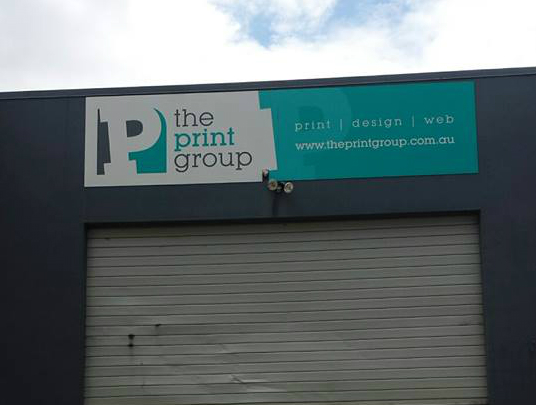
I was recently asked what a student entering our industry needs to meet the challenges and changes of the industry today and in the future.
I asked this same question years ago as I was compiling a dictionary of the terms a knowledgeable person in graphic communications should know. I thought it would be easy.
They should know basic printing terms, for letterpress, lithography, screen printing, flexography, and gravure. And digital printing, of course.
By extension, knowledge of paper and its characteristics is essential. This gets us to bindery and finishing and even distribution.
Because of the links to the photographic world there should be a basic understanding of cameras. And digital cameras, of course. There is a need to understand the complex world of colour and its reproduction. That brings us to scanners and digital imaging and the world of dots and pixels.
Because our industry is a blend of craft and technology, we need to understand computers, information technology, networking, and all forms of digital communication. By extension, this gets us to the internet and the web and basic HTML coding. And social media, of course.
I think typography and its proper use is essential. You cannot use Times New Roman for everything. This gets us to the major programs like QuarkXPress and Photoshop and all things PDF.
A little of the history of our industry would be nice. We do trace our roots back at least 500 years and the evolution of printing is the evolution of society and technology.
But wait, there is much more. Print is also a business. You should understand financial management and human resources. You should be able to communicate through writing, presentations, and discussion.
When I was done, there were 10,000 terms and it became the Encyclopedia of Graphic Communication. But even those 1000 pages were not enough. A yearbook was issued with terms readers said should be there. The goal is to put it online as a sort of PrintWiki so that it may evolve.
Thus, to reply to the question: There is a lot to know to be in the graphic communication industry, and that is what a university education gives you.
A high school graduate has only the most rudimentary knowledge – enough to be dangerous. After university graduation, they become productive members of the industry.
They not only understand change. They engender change.
They invent the future.
Comment below to have your say on this story.
If you have a news story or tip-off, get in touch at editorial@sprinter.com.au.
Sign up to the Sprinter newsletter

